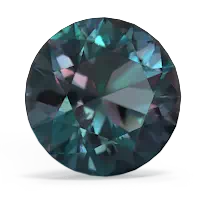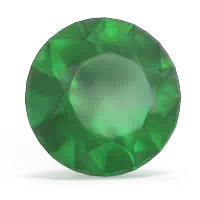

Friendship, love and loyalty are represented by this historic celtic design. A Alexandrite claddagh ring with your birthstone or favorite color makes it even more significant. The birthstone of June, Alexandrite is an amazing and mysterious stone. A created alexandrite ring is a unique and entertaining attention getter. The birthstone of May, an emerald ring symbolizes the eternally returning spring. The velvety green color of emerald is a perfect match for spring and summer fashions.